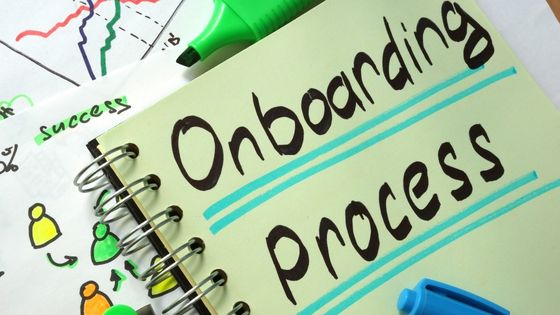Onboarding processes are essential for new employees, as they provide them with the necessary information and resources to become acquainted with their new job and company. However, if these processes are not well-designed or executed, they can be overwhelming and frustrating for new employees.
1. The Importance of an Effective Onboarding Process
Onboarding is the process of integrating a new employee into the culture and systems of an organization. When done effectively, onboarding can lead to better job satisfaction, engagement, and retention rates for new employees. In contrast, poorly executed onboarding can result in frustration, disengagement, and turnover. Given the importance of onboarding, organizations must invest the time and resources necessary to ensure their onboarding process is as effective as possible.

There are some critical components to an effective onboarding process. First, new employees should be given a clear and concise overview of the organization’s culture and values. They should also be given a detailed description of their role within the organization.
Additionally, they should be provided with all the necessary resources to succeed in their new position. This may include access to training materials, manuals, or online modules. Finally, they should be given a point of contact within the organization who can answer any questions or provide assistance.
2. How to Streamline Your Onboarding Process
You want to ensure your new employees have all the information they need to succeed in their new roles, but you don’t want to overwhelm them with too much.
Start with the basics. Before you provide detailed information about your company or their specific role, ensure they understand the basics well. This includes your company values, how you communicate with each other, and your expectations for employees. You can provide this information in various ways, such as through an employee handbook or an online training module.
Don’t forget the paperwork. Ensure your new hire has filled out all the necessary paperwork, such as tax forms and benefit applications. You should also tour the office and introduce them to the people they’ll be working with most often.
End with a plan. Onboarding doesn’t stop on the first day – it’s an ongoing process that should continue throughout an employee’s first few weeks and months on the job. Make sure you plan for continued support and guidance during this time. This might include regular check-ins, access to additional resources, or even mentorship from more experienced employees.
3. The Benefits of a Well-Executed Onboarding Process
A well-executed onboarding process can have many benefits for both employers and employees. For employers, it can help ensure that new hires are properly oriented to the company culture and values and their specific roles within the organization. This can lead to a smoother workplace transition and a reduced turnover risk. Additionally, it can help new hires feel more comfortable and confident in their new role, leading to improved job performance.
For employees, onboarding can provide structure and support during the transition into a new job. It can also be a great opportunity to learn more about the company culture and values and their specific role within the organization. Additionally, it can help employees feel more comfortable and confident in their new role, leading to improved job performance.
4. Qualities of a Good Onboarding Process
A good onboarding process should be well-organized and structured. New employees should know what to expect at each stage of the process and clearly understand what is expected of them. Second, onboarding should be tailored to the needs of the individual. Employees have different experiences and needs; a good onboarding process will consider these differences.
Third, onboarding should be flexible. Not every employee will learn at the same pace or in the same way, so it is important to have a process that can be adjusted to meet individual needs. Finally, onboarding should be fun! A positive and enjoyable experience will help new employees feel welcome and motivated to do their best work. Platforms with custom learning solutions allow you to design your process to achieve maximum inclusivity.
Conclusion
Although there are many ways to streamline the onboarding process, technology is the most effective way to do so. Automating tasks and keeping track of employee progress helps ensure a smooth transition into your company culture and reduces the chances of mistakes being made.
